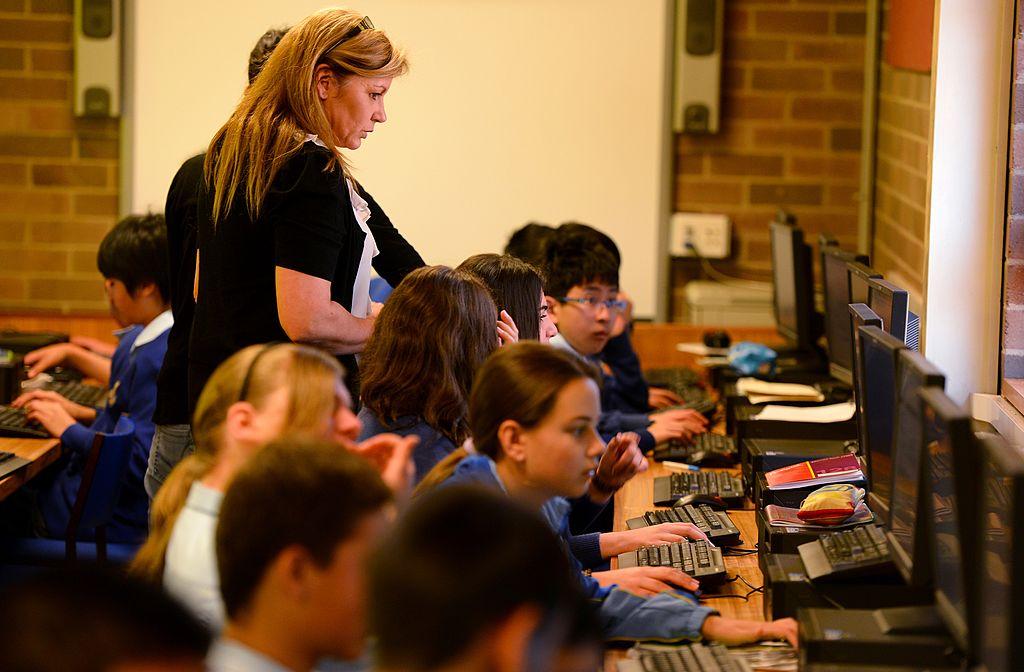Rural bank closures deprive vulnerable Australian communities of financial support, with many regional residents lacking the funds and digital know-how for online banking, new research shows.
Over a third of regional residents feel financial strain when paying for high-quality internet, impacting their ability to afford other essentials.





